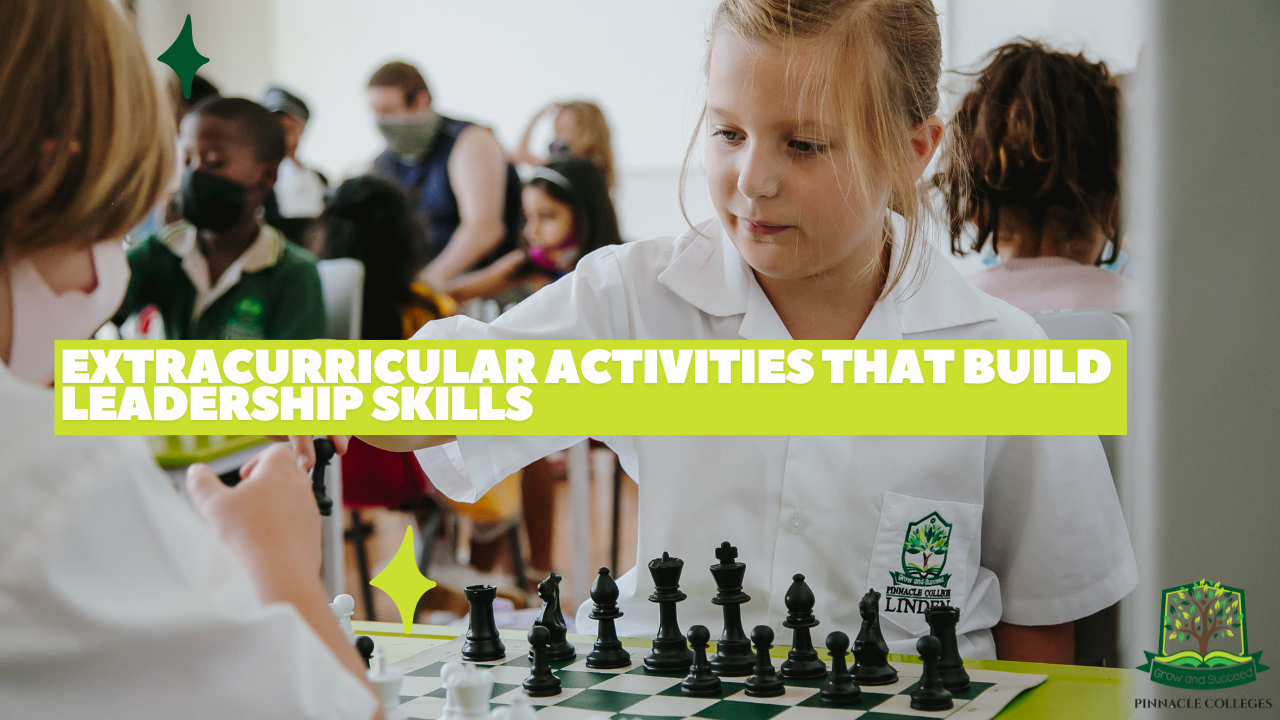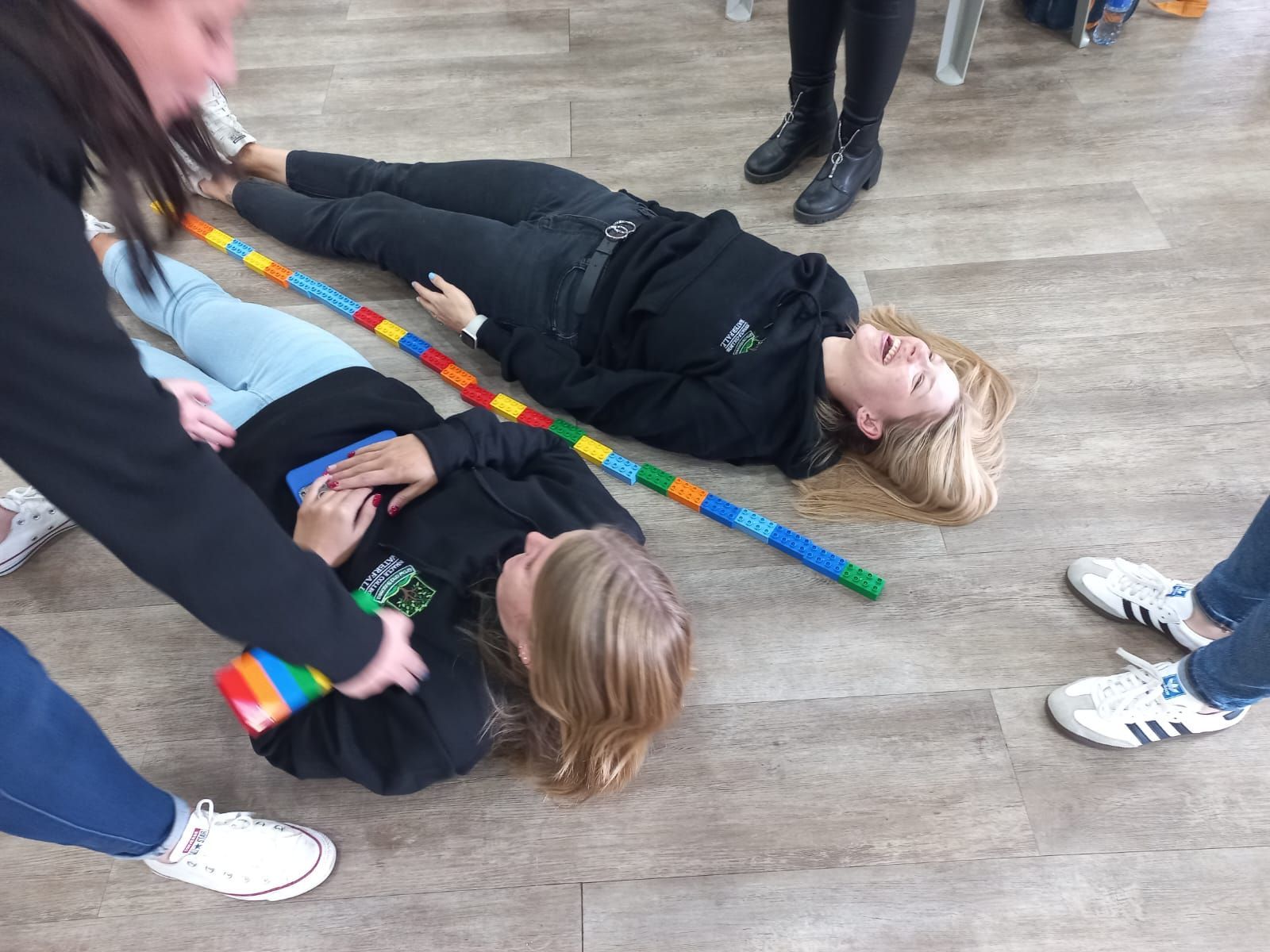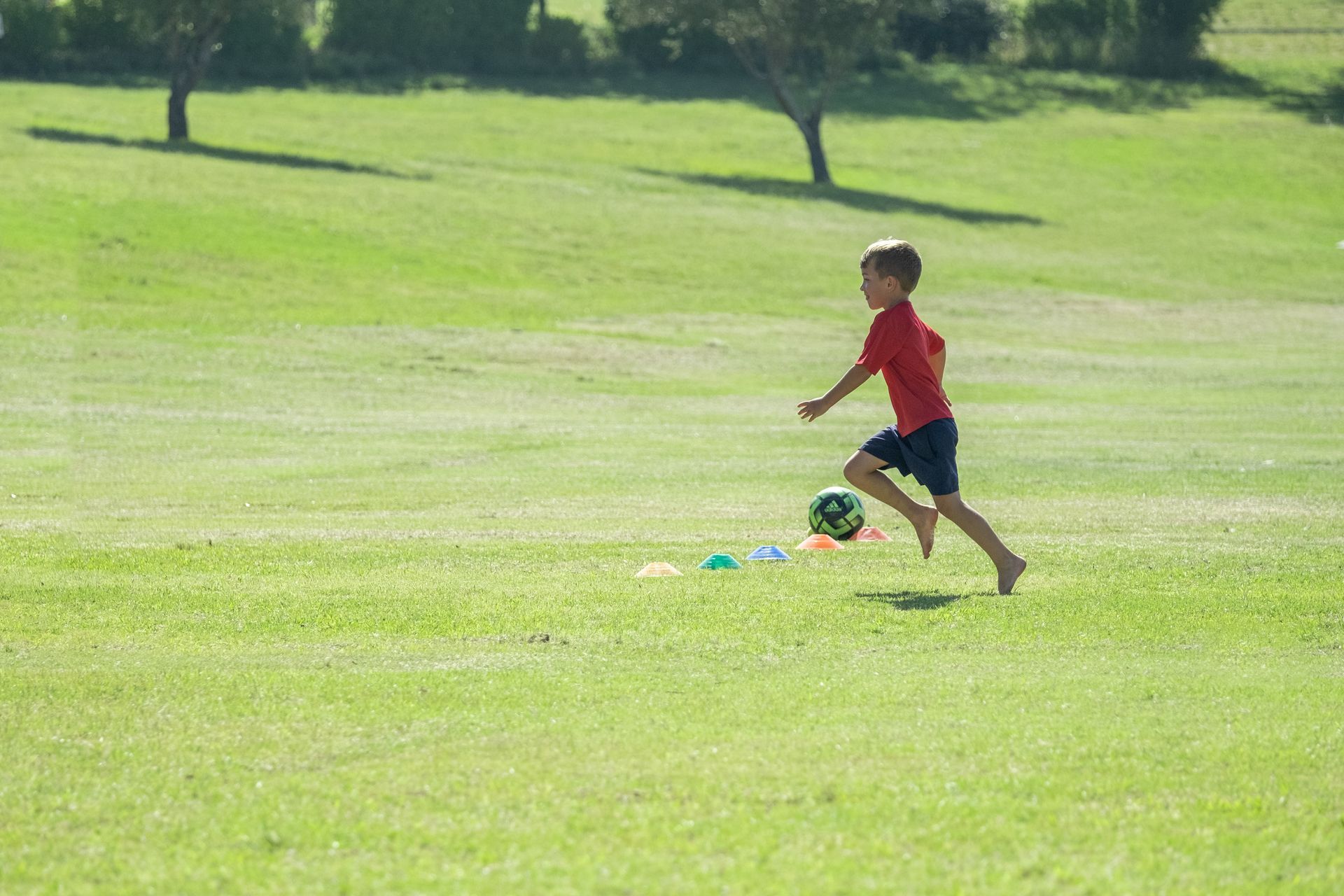Digital Safety
Just as we teach our children to look both ways before crossing the street, we must teach them to think before clicking online.
Children are more connected than ever before and spend considerable time online, from social media to gaming and online education. While the internet offers numerous opportunities for learning, entertainment, and social interaction, it also presents various risks that can harm children's well-being and development.
Therefore, it is essential to teach children to be safe online. Children can protect themselves from cyberbullying, inappropriate content, online predators, scams, and fraud by learning how to navigate the digital world safely.
Cyberbullying is a growing concern in the digital age, and it can have severe emotional and psychological impacts on children. By teaching children to be safe online, they can recognise and respond to cyberbullying and take steps to protect themselves from it.
Inappropriate content is another risk that children can easily stumble upon while browsing the internet. This content can be harmful to their development and well-being. They need to know how to filter and block inappropriate content and be educated on what kind of content is appropriate for their age.
Online predators use the internet to target and exploit vulnerable children. Teach your children to recognise and avoid online predators and take steps to protect their personal information and privacy.
Moreover, children can be easy targets for online scams and frauds, as they may not have the necessary knowledge and experience to recognise and avoid them. Be aware of your settings on your phone for online purchases, don’t ever save your banking details in any app! This could protect you from scammers and your little ones purchasing “rewards”, which could leave you out of pocket and a target for scammers.
Teaching children to be safe online is crucial to protect them from various online risks and to help them develop responsible and healthy digital habits. Parents, teachers, and caregivers can significantly teach children the necessary skills to stay safe online. By using educational tools and resources and setting clear rules and boundaries, children can learn how to navigate the digital world safely.
Teaching children to be safe online can be a complex process, but here are some tips to help you get started:
Establish rules and boundaries: Set clear rules and boundaries for your child's online activity. For example, you can limit their screen time, restrict access to certain apps or websites, or set up parental controls to monitor their online activity.
Educate them about online risks: Talk to your child about the potential dangers of using the internet, such as cyberbullying, online predators, scams, and inappropriate content. Teach them how to recognise and respond to these risks.
Encourage open communication: Create a safe and non-judgmental environment where your child feels comfortable sharing their online experiences with you. Encourage them to ask questions, seek help, and report any suspicious activity.
Model safe online behaviour: Lead by example and model safe online behaviour yourself. Show your child how to protect their privacy, avoid suspicious links and downloads, and be respectful and kind online.
Use educational resources: There are many resources available that can help you teach your child about online safety, such as online courses, games, and videos. Use these resources to supplement your own teaching and reinforce essential lessons.
By following these tips and staying engaged with your child's online activity, you can help them develop healthy and responsible digital habits that will serve them well throughout their lives.












